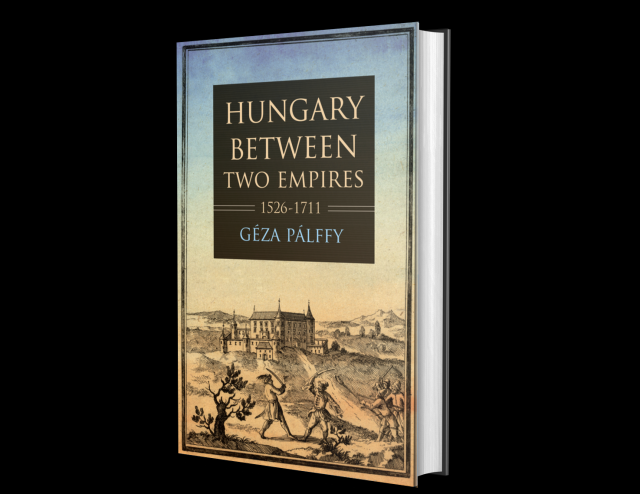New English monograph of Géza Pálffy: Hungary between Two Empires 1526–1711
The book of Professor Pálffy covers two centuries of history of the Hungary, a middling power, half a millennium old, that the crushing defeat of the Battle of Mohács in 1526 had broken into three parts. It investigates the Hungarian history from 1526 to 1711 less with the lens of the various national and romantic narratives of the nineteenth and twentieth centuries and more within the framework of and along the boundaries of the two empires of the period, the Ottoman Empire and the Habsburg Monarchy, combined with a knowledge of the international processes at work and the aforementioned basic challenges, inevitabilities, and positive and negative changes.
In his historical survey, Géza Pálffy takes readers through a crucial period of upheaval and revolution in Hungary, which had been the site of a flowering of economic, cultural, and intellectual progress—but battles with the Ottomans lead to over a century of war and devastation.
Pálffy explores Hungary's role as both a borderland and a theater of war through the turn of the 18th century. In this way, Hungary became a crucially important field on which key debates over religion, government, law, and monarchy played out.
Reflecting 25 years of archival research and presented here in English for the first time, Hungary between Two Empires 1526–1711 offers a fresh and thorough exploration of this key moment in Hungarian history and, in turn, the creation of a modern Europe.
Géza Pálffy is Research Professor in the Department of Early Modern History at the Research Centre for the Humanities, Institute of History, Budapest. He is author of The Kingdom of Hungary and the Habsburg Monarchy in the Sixteenth Century and coauthor of Crown and Coronation in Hungary 1000–1916 A.D., as well as five books in German, three in Slovak, two in Croatian, one in Romanian, and twenty Hungarian titles.

